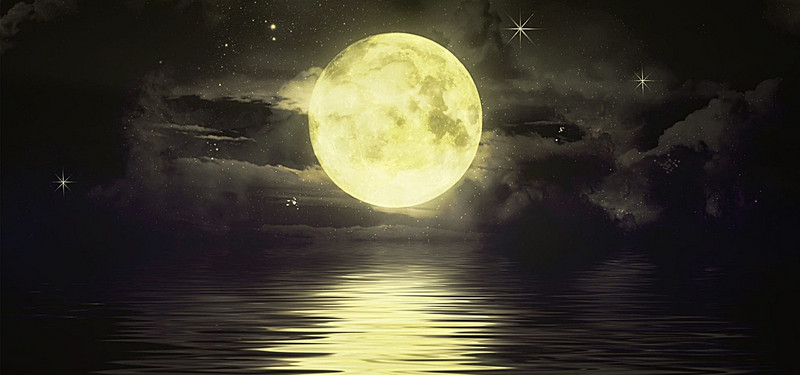There is something magical about the moon-lit night skies. Not only does it give you a sense of security when you are outdoors at night, it adds beauty to the landscape. But we all know true bright moonlight happens once in a while, and when it does, it sure makes the outdoors more bearable at night.
It seems like people might soon have a moonlight on demand should the Chengdu Aerospace Science and Technology Microelectronics System Research Institute Company (CASC) have its way. The China-based research institution is working on an artificial moon to light up the Chengdu city.
The proposed artificial moon will be eight-times brighter than the real moon, so much so that the city of Chengdu will no longer need streetlights. It is also reported that the said artificial moon will have the capacity of lighting up areas between 6 and 50 miles wide.
The artificial moon will be a satellite (orbiting around Earth) just like the real moon. Wu Chunfeng, the chairman of CASC says they expect to launch the moon sometime in 2020.
Campaign against Light Pollution
While CASC is working on lighting up the nights much more brighter using artificial means. There is another group advocating for more darkness at night.
There was a research done in 2016, which showed that about 80% of the world’s population and 99% of the population in the US and Europe live in a ‘light polluted environment.’ That is areas where the natural glow of the night sky has been altered by artificial lights coming from street lights and buildings.
The research further went to say that these night light pollutions, especially when they are in excess, leads to diseases and complications in humans. Including putting people at a higher risk of getting cancer, becoming obese, and suffering from depression.
The night lights also interfere with the natural patterns and behaviors of wildlife. For instance, nocturnal animals like bats become less active in very well lit areas. Migratory animals such as birds and sea turtles get confused whenever they come across a city or town with bright lights. It has also been established that even plantlife life stages are disturbed by extra night lights.
When you look at it holistically, the night lights from buildings and street lamps will, in the long run, change the ecosystem, and expert warn the change will be for the worse.
How will the Chinese artificial moon address nighttime light pollutions concerns?
During an interview with People’s Daily, Kang Weimin, the director of optics at Harbin Institute of Technology said, “the light of the satellite is similar to a dusk-like glow, so it should not affect animals’ routines.”
However, won’t the constant “dusk-like glow” be significant enough to cause disturbance and nuisance to wildlife nocturnal behaviors?
Cities and Towns shutting down night lighting to reduce the pollutions
There are groups advocating for a more darker world, and they seem to be getting the right amount of attention. For instance, there are entire cities like Arizona, Idaho, Ketchum, Flagstaff where they are actively working on reducing the artificial night lights.
These cities and towns are certified as ‘dark sky communities’ by the International Dark Sky Association. An organization that offers dark sky designation to cities, towns, reserves, parks, sanctuaries, and any place actively working to create a more “natural sky” at night time.
Also read: A SuperHuman Baby made in China via Gene Editing



